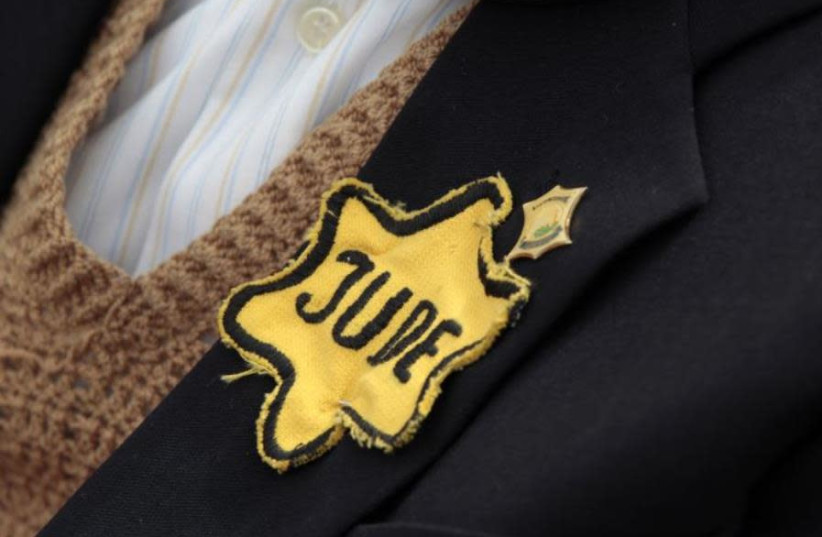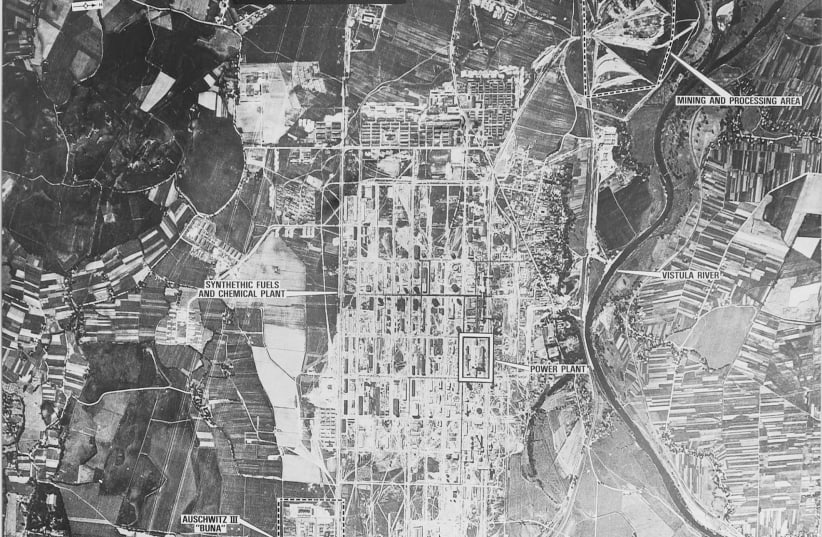Homonyms may often be confusing but they can also provide a teachable moment.
A group of 40 educators from across Australia are currently participating in the Gandel Holocaust Studies Program at Yad Vashem’s International School for Holocaust Studies. These teachers, currently studying at Yad Vashem for 18 days, have the opportunity to listen to lectures by world experts, gain hands-on pedagogical tools and techniques, as well as take part in various study tours. For some of these teachers, it is the first time they have traveled outside of Australia.
During one of their sessions on various forms of Jewish resistance during the Holocaust, a Yad Vashem presenter referenced Buna Monowitz, a forced labor camp that was established in connection with IG Farben of the Buna-Weke synthetic rubber and fuel plant. Primo Levi, Elie Wiesel, Victor “Young” Perez and thousands of other Jewish prisoners struggled to survive in this Auschwitz sub-camp. Soon, a stir began in the classroom over Buna. Twelve of the teachers who live in Queensland immediately questioned how Boonah, a rural small community in their state, was connected to this history.
Buna and Boonah have some things in common
Buna and Boonah are homonyms but other than sounding alike, these two places on earth have little in common. In fact, during the Holocaust, more human beings were living in the Buna barracks than in Boonah. Boonah does have a Jewish connection, however. It appears that this little Australian town was often known as Blumbergville, after a Jewish family.


In 1882, fleeing antisemitic pogroms in Eastern Europe, Levi, Adolph and Max Blumberg left Latvia, relocating to Queensland to start a new life. Many Blumbergs from Riga are in Yad Vashem’s Central Database of Shoah Victims’ Names, including Feiga Dina Blumberg, who was born just before the three Blumberg brothers embarked on their journey to Australia. Unfortunately, Feiga Dina was not as lucky as her landsman who relocated far away from their birthplace.
IN THE late summer-fall of 1941, after the German invasion of the Soviet territory, known as Operation Barbarossa, German mobile killing squads, Einsatzgruppen, along with other German police units, regular German soldiers and locally constituted formations began to en masse murder Jewish people in this region.
Buna is not only a place either but also a name. In Yad Vashem’s names database, hundreds of Jewish women named Buna have received symbolic tombstones. For example, Buna Gens was born on January 12, 1935 – exactly 88 years ago this month – to Berl and Sima Gens, who lived in Vievis, Lithuania.
Buna perished during the Holocaust but her father survived and eventually remarried, rebuilding his family life in Israel. Buna’s name has been recorded in Yad Vashem’s Hall of Names by her half-sister, Shoshana Dueck, in 2015.
During their seminar in Yad Vashem, this cohort of the Gandel Holocaust Studies Program has been studying about the Holocaust as a human chronicle, highlighting the personal stories of the victims, like Buna Gens and Feiga Dina Blumberg, who lived before and during the Holocaust within the context of wider events and processes. In addition, they are also focusing on its aftermath, including the dilemmas of many Holocaust survivors who struggled about where and how to return to life – whether to begin anew in Israel, Australia or to resettle in other continents.
According to the Gandel Holocaust Knowledge and Awareness in Australia Survey, undertaken by Deakin University and released in January 2022, a quarter of the surveyed population had little or no knowledge of the Holocaust, with that number rising to 30% among Millennials. Moreover, over 70% knew nothing about Australia’s own connections to the Holocaust, despite Australia being home to one of the largest populations of Holocaust survivors per capita.
Even once these educators return to their home countries and towns, Yad Vashem’s School staff will continue to work closely with this group of teachers throughout 2023, both online and in person in Australia. It is hoped that these dedicated teachers will make an impact on their students so that they will know more about the Holocaust, in general, and know the difference between their neighboring town and the atrocities that took place in Buna Monowitz less than 80 years ago, in particular.
The writer is the director of international relations and projects at Yad Vashem’s International School for Holocaust Studies.
